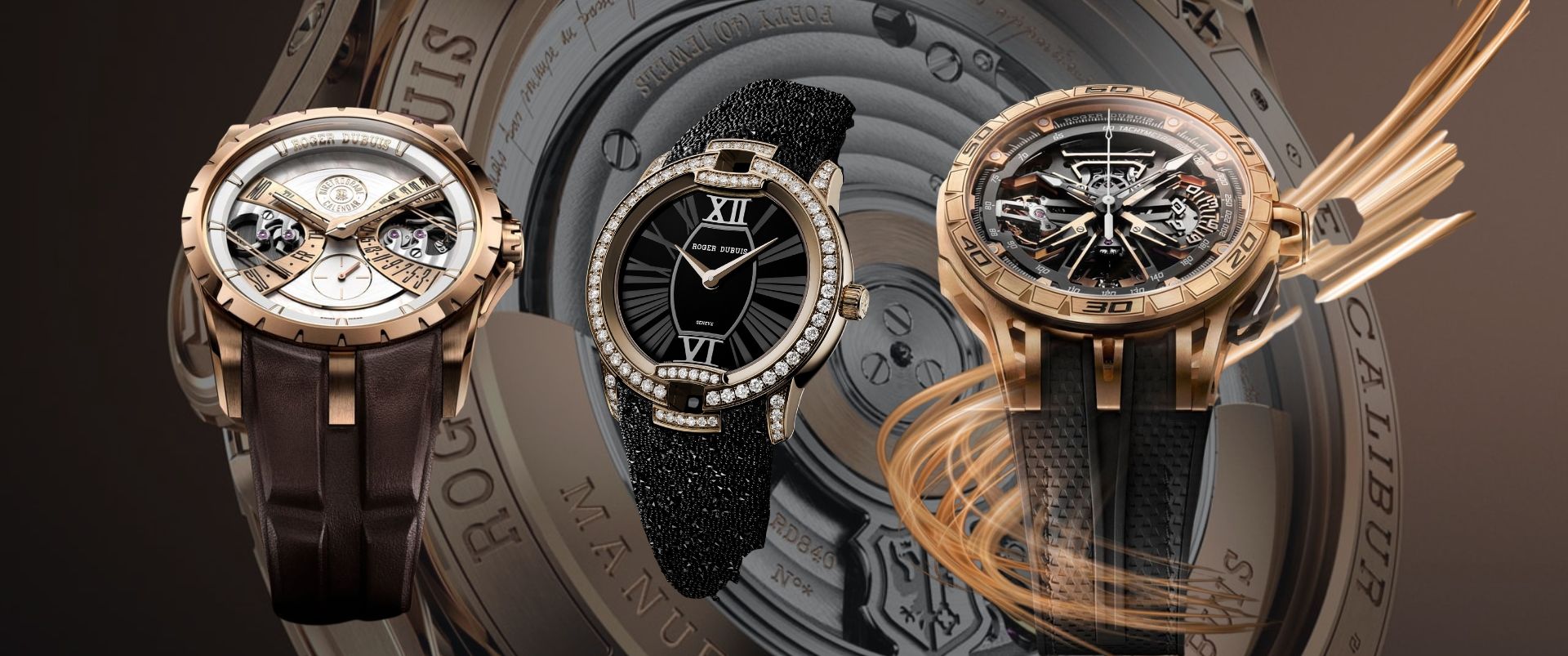Double-Signed Watches: A Retrospective In Desirability Of A Horological Idiosyncrasy
The anti-consumerist thriller Fight Club taught us a thing or two about capitalism and the vague essence of alpha-masculinity. Behind the chiseled glamor of its chief antagonist - Tyler Durden, was a careless but successful salesman of soap, a commodity he calls, ‘yardstick of civilization’. In the often-quoted scene where the film’s lead protagonist, The Narrator, meets his most interesting ‘single-serving’ friend Tyler, the latter is on a sales trip to sell, well, soap.
While Tyler Durden might be some sinister but unapologetically charismatic know-it-all, his soap selling is a travel-hefty ‘unorganized’ endeavor. Imagine if he had a dealer network spread across to stock and sell for his ‘Paper Street Soap Co.’ Fortunately, in the early years of the 20th century, when fabled watchmakers lacked their own international boutiques and were yet to establish a digital dominion, a network of retailers acted as their stockists or sellers. I mean, they couldn’t be Tyler Durdens traveling the globe with a handful of timepieces stacked in a briefcase, to sell.
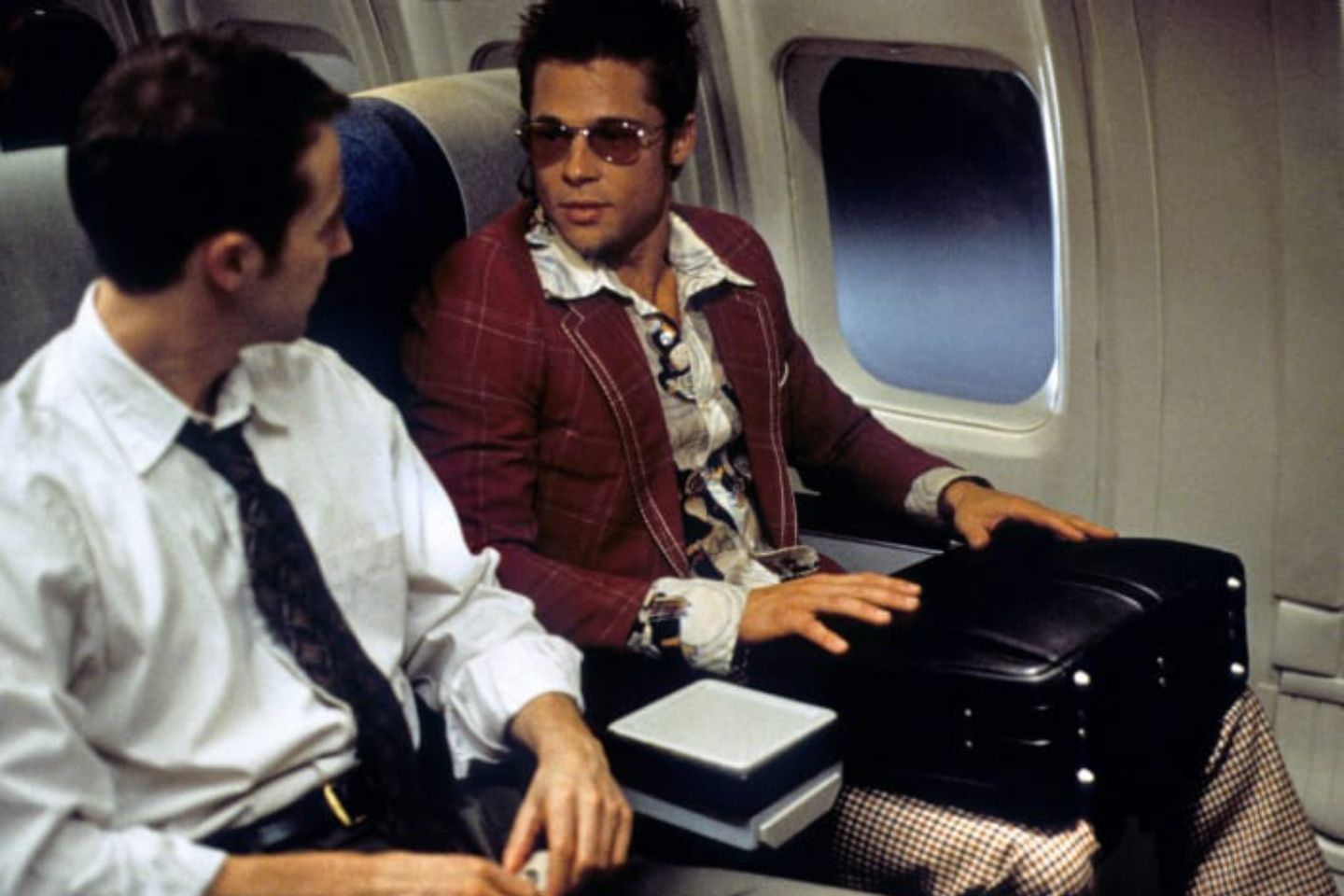
These dealers scattered across nascent-to-the-Europe markets - Middle East or the United States and even Africa and South America. In their hands rested the fate of these fledgling brands, for they were poised to curate consumer desires and influence the very course of the brands’ economies. This privileged position granted them significant latitude, including the opportunity to collaborate closely with manufacturers on special editions and limited-production timepieces. To cater to local collectors and enhance a watch’s appeal, retailers were sometimes allowed to add their own stamp to the dial, typically positioned at six or 12 o’clock. Thus, came into being, the ‘double-signed dials.’
Double-signed Dials: Practical Then, Popular Now
For vintage watch collectors, a lot of factors add in to specify their preferences and affinity towards certain timepieces. When a collective of these is observed, a watch becomes highly sought after within the circles and hence the said lot yields a higher premium at auctions. Alongside these parameters of horological-accord, tracing a timepiece back to its origin is an imperative assessment and influencer of its true value prowess. Provenance is all what matters!
Now, when the timepiece has a double-stamped branding on its face, that becomes an interesting point of conversation and appeal. It tells a tale of its origin, defines its passage and establishes a historic link between the brand and the retailer, enriching the narrative of both. While the phenomenon of double-stamped dials faded by the 1900s with brand-boutiques coming into existence, the rarity of the entire gamut of the double-branded entities burgeoned to unimaginable heights. It transcended its vintage roots to take on a nuanced niche of ultra-luxe products which naturally command a higher premium and stratospheric desirability. This craze is the reason why a listed $52,635 Patek Philippe Nautilus 5711/1A-018 (yes, that Tiffany-blue Patek) is trading upwards of $2.5 million.
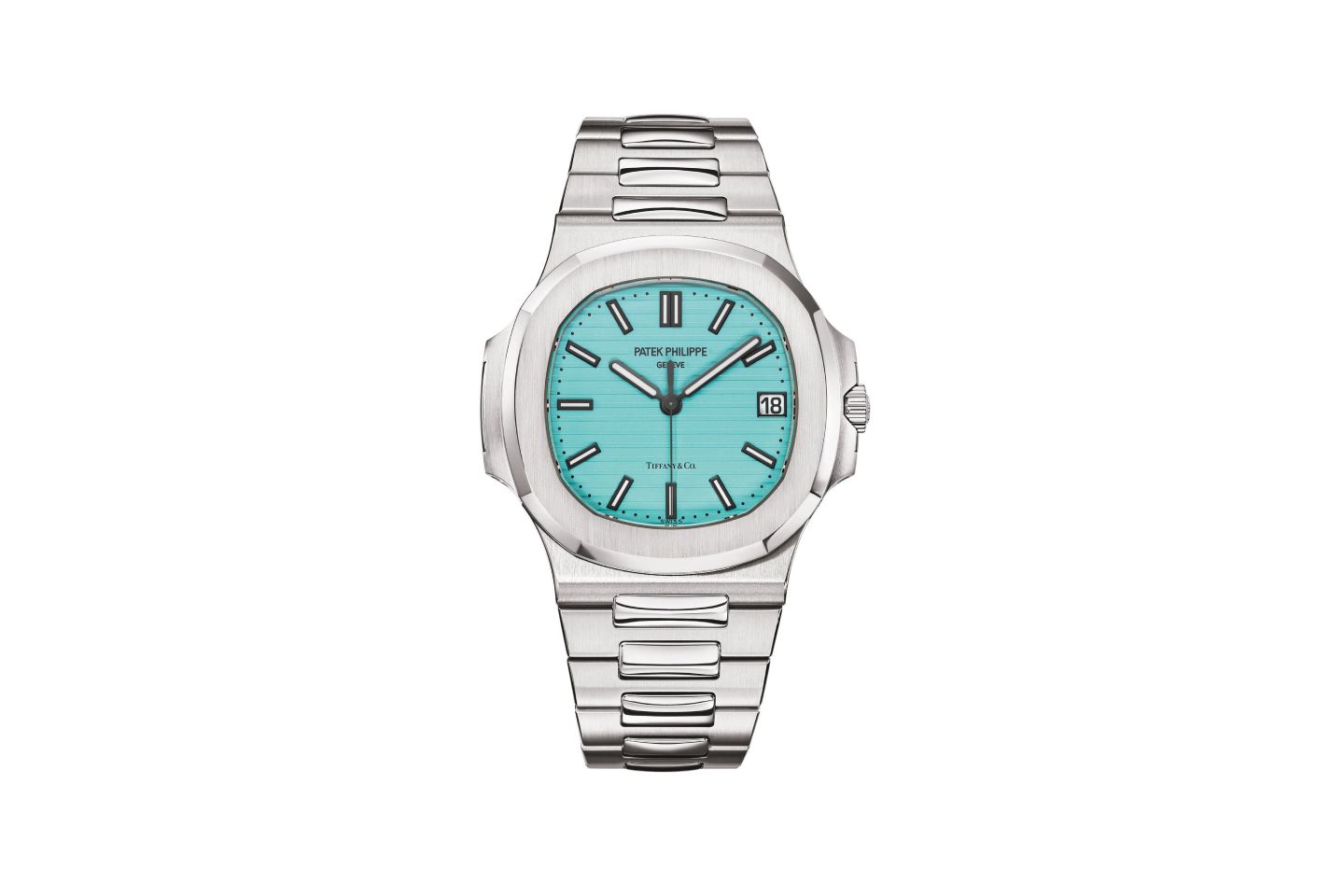
Beyond Specialities: Timepieces with 2x Charm
In a world that would’ve made sense, the watchmaker-retailer relationship wouldn’t be a differentiator of any sort. But here we are! I mean, a dainty print struggling to reach more than a couple of millimeters doesn’t sound like a rational driver of desirability or for the sake of it, value. When it does, it catalogs a somewhat bizarre state of the collection circles and the desperation to seek credibility for, well, nothing.
Crap, that makes me sound like Tyler Durden!
Regardless of the surcharged hype and collectability, double-signed timepieces are rare entities. Although the list is exhaustive, here are some popular retailers who by getting their names inked on some high-profile watches came to define a nuanced sub-genre within the industry.
Tiffany & Co.
New York, United States
We begin with the OG of the genre, Tiffany & Co. The New York based jewelry and timepieces store, founded in 1838, has been a feature in popular Hollywood curations and a go-to space for savoring the finest haute joaillerie embellishments. For Patek Philippe and Rolex, Tiffany & Co. has been a prominent tender to their respective POS as well as distribution arrangements pan America.

The relationship continues to evolve for Patek Philippe, crisply endearing on their dials, while for the latter, the rigidity of affairs which notoriously surround the crown ceased the contemporary chapter of the alliance. Nevertheless, we find Patek Philippe and Rolex timepieces with the Tiffany & Co. stamping to be desirable beyond fantasy. Some notable examples include Patek Philippe ref. 2499, ref. 3450, ref. 1463 and ref. 3700/1. Rolex Daytona ref. 6239, the Submariner ref. 1680 and ref. 5512 have also featured the added insignia.
Gübelin
Lucerne, Switzerland
The 1854 established family house of Gübelin has been a curator of the finest examples of high jewelry and continues to be the reference for some highly sought-after timepieces. Many vintage Patek Philippe and Audemars Piguet timepieces bear the Gübelin insignia in celebration of their association.
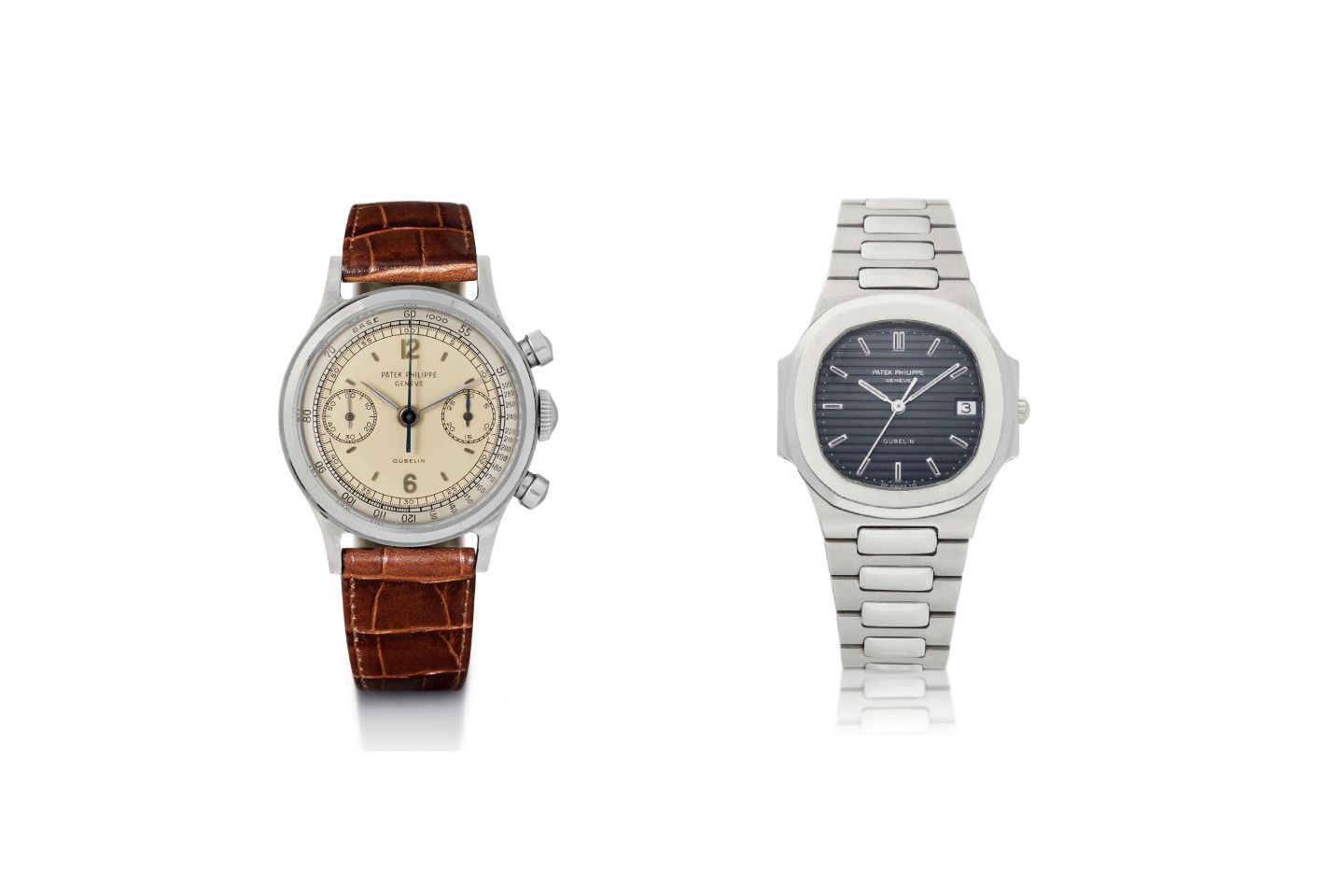
Beyer Chronometrie
Zürich, Switzerland
In Zurich, lies a haven for watch collectors: Beyer Chronometrie. This 1760 established business is Switzerland’s and probably the world’s oldest continually operating watch shop. The store now represents about a dozen watch brands and also exhibits some 300 rare timepieces at its museum. For Patek Philippe’s early years, around 1842, when they sought local expansion, Beyer was the go-to choice as a trusted purveyor of their exquisite timepieces. The partnership has materialized into some of the rarest double-signed dial timepieces from Patek Philippe such as the ref. 3940 and also examples of the ref. 2499. In 1932, Beyer started selling Rolex timepieces and this marked a fruition of a partnership which yielded some rare double-stamped timepieces such as the ref. 3858 and the ref. 3525. Archives also mention the very rare GMT 1675 “Concorde” with Beyer’s retailer-etched reference numbers on the caseback underside.

The synergy between Beyer and manufacturers continues. The retailer co-hosts events with Patek Philippe, fostering a sense of community amongst their mutual clientele. They also organize private manufacturer visits, experiences reserved for the select few.
Cartier
Paris, France
In the world of jewelry, Cartier reigns supreme, a name corresponding to royalty and fine craftsmanship. The Parisian jeweler, established in 1847 has cherished a reach and prowess that extends beyond just gems. They have been creators and curators of some of the finest horological inceptions which usually are reserved in the legendary categories. In the years that followed 1930, Cartier’s Fifth Avenue boutique emerged as a reserved Patek Philippe dealership for American buyers. Just like the trends of the times, we saw Cartier-Patek Philippe double-signed dial examples emerge, notably the ref. 130, ref. 2499 and the ref. 1518.

Operating separately from its European offices, Cartier’s American store could stock and double-stamped timepieces from Patek Philippe, Audemars Piguet and Rolex as well, which were Cartier’s competitors at the time.
Serpico Y Laino
Caracas, Venezuela
Our exploration of double-signed dial watches takes a turn to South America, a place not conventional for fine timepieces. Founded by a duo of Italian immigrants to Venezuela, Serpico Y Laino emerged in the late 1920s and following their initial exploits in jewelry, expanded into watches. The dealer was appointed as the exclusive distributor for Rolex timepieces and later earned distribution rights for Patek Philippe as well.
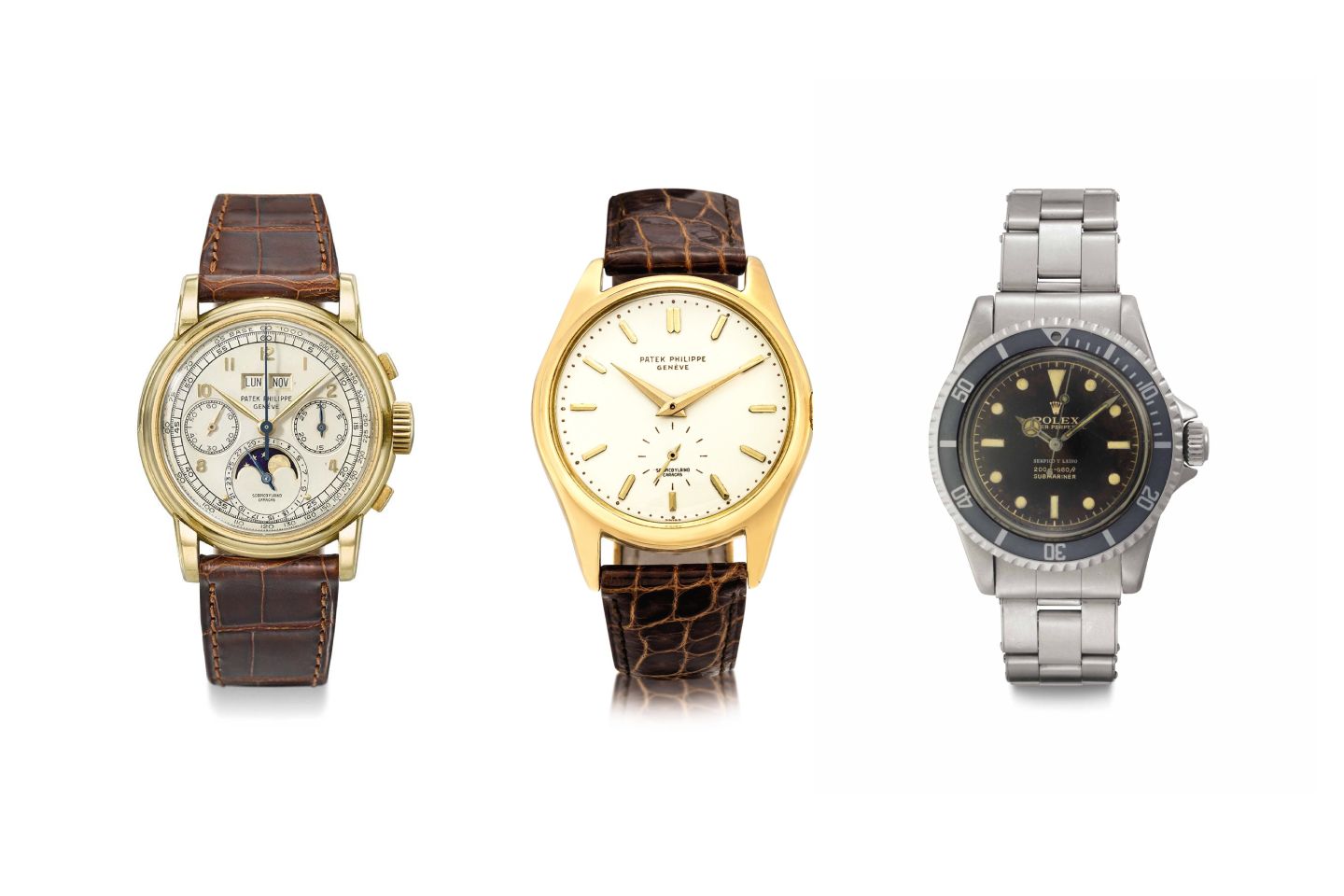
A variety of Patek Philippe timepieces such as the ref. 1463 and ref. 2499 double-stamped with Serpico Y Laino signature have appeared at recent auctions. The expansive portfolio of Serpico Y Laino signed watches occur from Rolex. The list includes Submariners, GMTs, Oyster Perpetuals and even the rare Oyster Chronographe, ref. 6034.
Gondolo & Labouriau
Rio de Janeiro, Brazil
South America was extremely nascent and untapped to the Swiss watch industry, especially in the first half of the 20th century. This is when Latin American retailers like Gondolo & Labouriau were able to push exceptional Patek Philippe timepieces to buyers beyond the royalty circles. Founded by two Italian migrants to Brazil, Gondolo & Labouriau went on to sell more than 12,000 Patek timepieces, virtually establishing the brand within the South American markets.
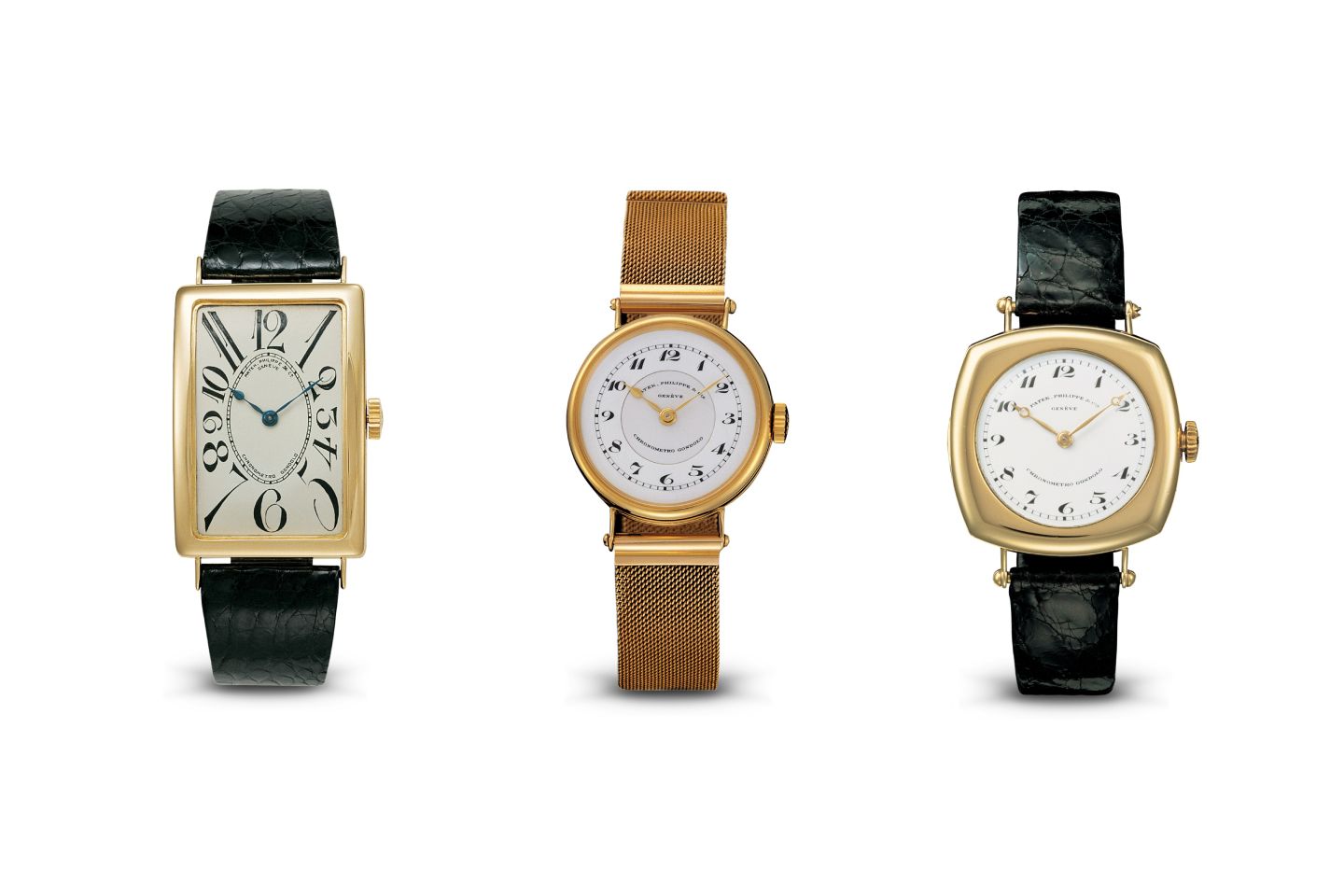
So influential was Gondola for Patek and the Brazilian watch community of the time, that Patek became a generic term used in place for, well, watch. The scope of influence that Gondolo & Labouriau enjoyed was that they demanded specific technical requirements for Patek timepieces. These included the “mustache” escapement and the signature S-shaped center wheel bridge. In the expansive and illustrious history of Patek Philippe, no other dealer had such influence on the manufacture that they had to alter their design and technical codes to accommodate a special request.
Gobbi
Milan, Italy
When you find ‘Gobbi, Milano’ signed on a Patek Philippe dial, grab it with open arms (and whatever is stacked in your vault). The Milanese dealer, originally established in 1842 in Modena has been serving the cream of the Italian elite for six generations. Gobbi’s inventory includes some rare double-stamped timepieces such as the ref. 1579, ref. 2523, ref. 2526 and ref. 2459 Patek Philippes. The inventory extends into some Audemars Piguet timepieces as well. Of the Patek references, the ref. 2523 world timer sold at a Christie’s auction in Hong Kong in 2019 at a scarcely believable $9 million.
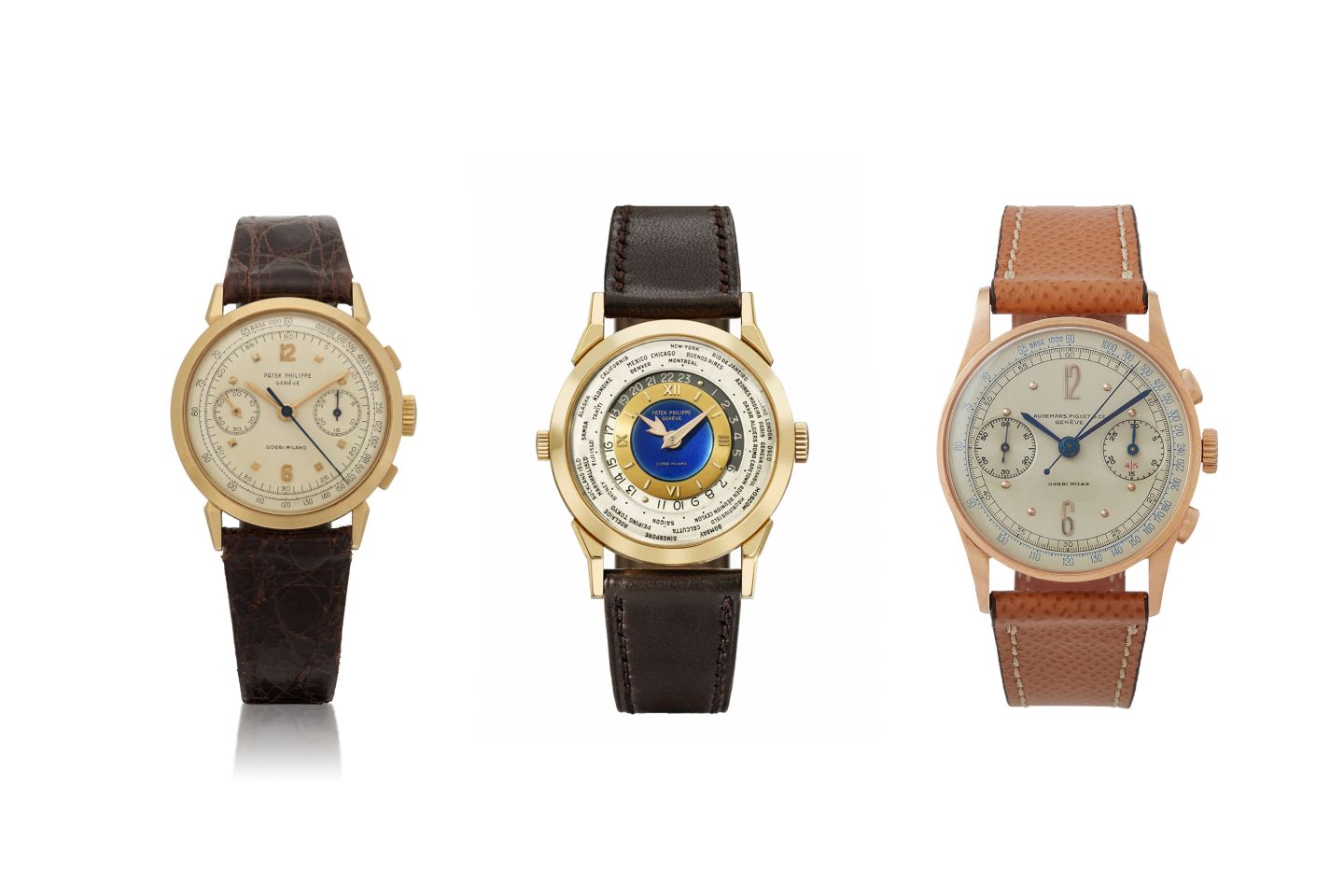
Many more…
The list of dealers Christened with double stamp acquisitions is really expansive. It includes Asprey in London, Van Cleef & Arpels in Paris, Orologeria Verga in Milan, Trucchi in Naples, Hausmann & Co. in Rome, Bucherer in Lucerne, Cuervo y Sobrinos in Havana and many more.
Regardless of the rarity of the examples with the double-stamped insignias, one can argue that such references distract from their non-signed parallels, sometimes even criminally rendering the latter insignificant. While they sure are symbolic of the imperativeness of dealers in the manufacturer’s establishment in nascent markets, yet, they deflect from the true fact, that behind all the consumerist-inspired hype, lies a masterpiece of traditional crafts, that with or without the extra alphabetical prints, needs to be appreciated in its purest form. After-all, a double-stamped reference is nothing but an altered iteration, hence an unoriginal. So, one keeps on wondering, is the hype reasonable?
No articles found



